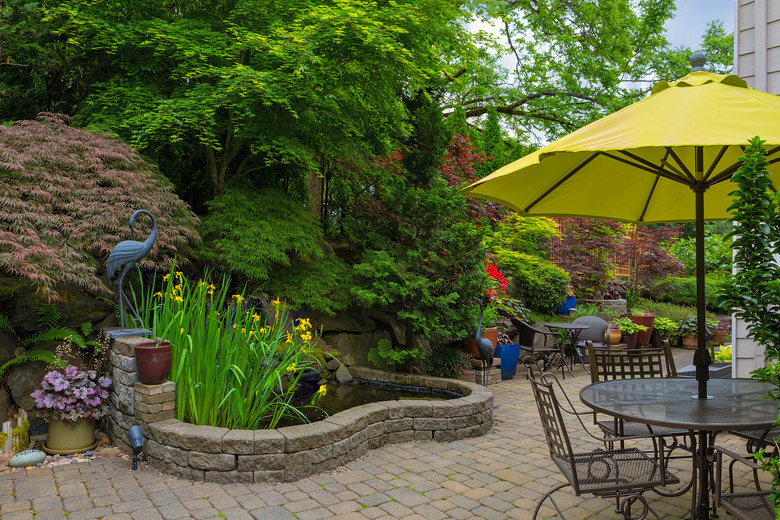How To Resand Pavers
Are the gaps between your pavers becoming more noticeable? Over time, your paver patio will likely lose some of the sand that fills in the gaps between the bricks. Wind and rain often remove the sand from the joints, but refilling the gaps is a relatively simple home improvement project.
Why Pavers Need Sand
The sand between your brick pavers provides stability for the patio. Without the sand, the pavers can shift and weaken the patio. The sand also helps prevent weeds from growing between your pavers, and it gives the patio a nice, finished look. If the sand gets too low in the cracks, you lose these benefits and might see your patio deteriorate or look less attractive.
Type of Sand to Use
The type of sand you use for your pavers can vary. General purpose sand is suitable for this use. Some products are labeled as paver sand and suggested for use as the base layer and for the joints. You can also use polymeric sand, which provides greater joint stability. Although you apply the polymeric like regular paver sand, it sets up to create a harder, more secure joint filler when you wet it.
Cleaning the Patio
Before you add more sand to your pavers, clean the patio to remove leaves, twigs, and other debris. A quick cleaning keeps those pieces from falling into the gaps and affecting the integrity of the joints. Sweep it with a broom or wash it with a pressure washer if you want a deeper clean. The pressure washer will likely push more sand out of the joints, which is fine since you're replacing the sand anyway.
Applying New Sand
Resanding patio pavers starts with pouring the sand over the patio. Grab a broom to help push the sand into the joints. It can be tedious to check every joint, but you want all of them to have enough sand in them. Once the joints are all filled, you can sweep off the extra sand. As long as it's still clean, you can save it in case you need to fill the joints later.
If you chose polymeric sand, the pavers need to be completely dry before you apply it. Water activates the sand, so it'll harden to the pavers if they're damp at all. Cleaning the pavers after you fill the joints is also essential to keep the sand from bonding to the surface.
Sealing the Patio
You can also apply patio brick sealer to help stabilize the sand. The sealer also protects the bricks from fading and damage, so it can extend the life of your patio and keep it looking better. It's a good idea to seal pavers about every two years or when they start to look faded.
To seal the patio, you'll want to power wash it to get it completely clean. Any dirt or debris on the patio will get stuck to the pavers with the sealer. You also want to finish sanding pavers before you apply the sealer. The easiest way to apply it is by spraying it over the pavers and sand, ensuring you get an even coat. Read the instructions for specific pointers or application guidelines for the sealer product you choose.
